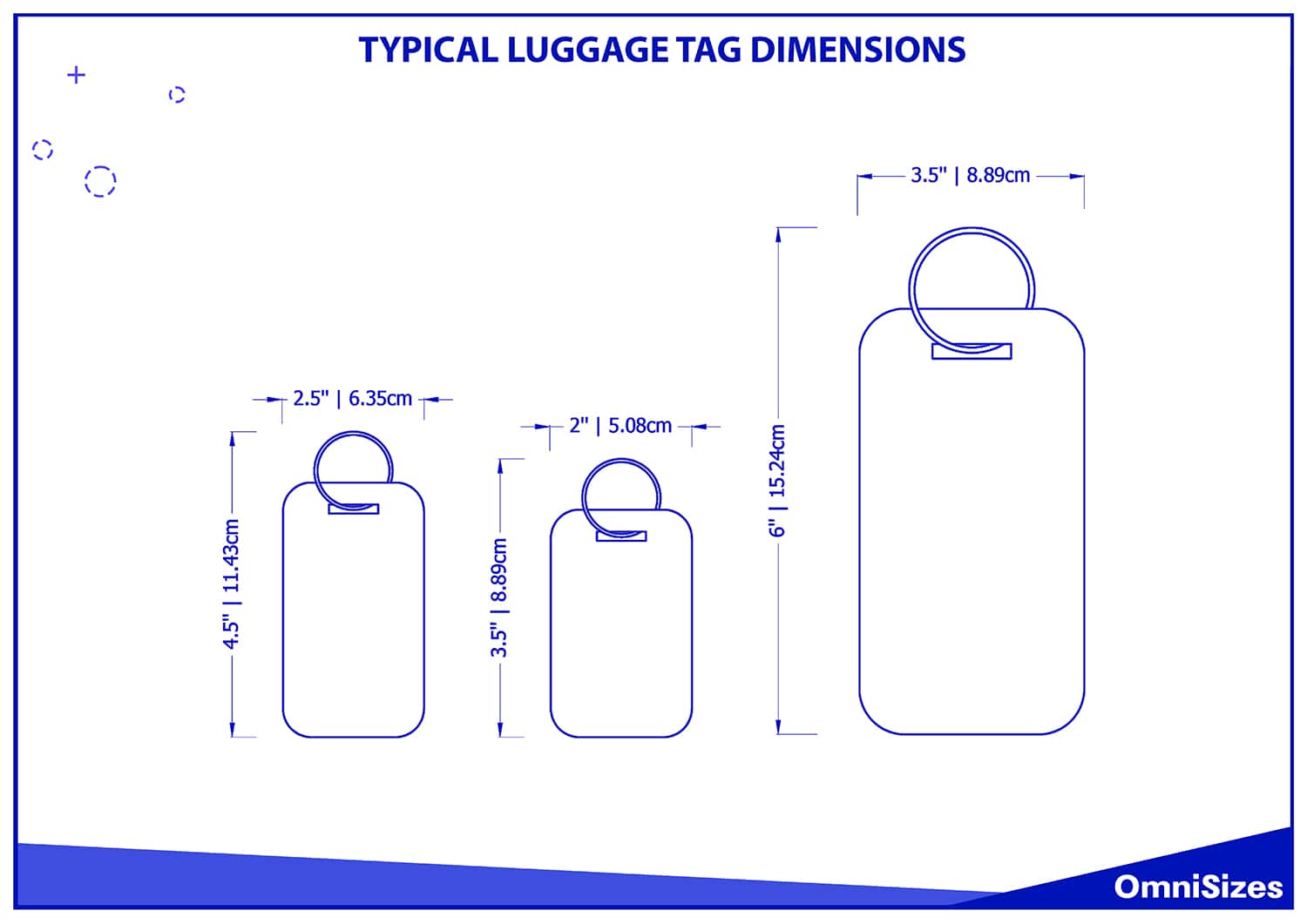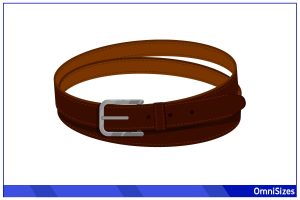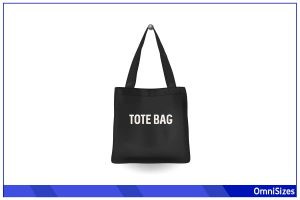When setting off on a journey, choosing the right accessories can make all the difference. A luggage tag is a small but essential tool that holds identification information of your bags.
Typical dimensions of a luggage tag measure around 2.5 × 4.5 inches (6.35 × 11.43 centimeters). There is no standardized size, so you can make it as small or as large as you want. The goal is to provide all relevant details in case your luggage goes missing.

This guide will further explain why luggage tag size matters, the most common luggage tag sizes, and how to come up with your own.
Why Luggage Tag Size Matters
Luggage tags serve a straightforward purpose: they label your baggage with your contact information, reducing the risk of losing your belongings during travel. The size of your luggage tag is more significant than you might think.
1. Visibility and Readability
The right-sized luggage tag should strike a balance between being conspicuous and practical. Larger tags are more visible from a distance, making it easier for you to spot your luggage on a carousel or for airline staff to find it if it gets misplaced.
2. Durability and Proportions
Luggage tags need to withstand the rigors of travel. If a tag is too big, it’s more likely to catch on equipment and tear. Tags that are proportionate to the bag size are less prone to such damage.
3. Design and Personal Expression
Luggage tag size can also reflect personal style and help distinguish your luggage. Unique tags make it easier for others to identify your bags as yours, thus deterring theft or accidental swaps.
4. Compliance with Airline Regulations
Airlines may have specific guidelines for luggage tags. A standard-sized tag is usually within airline regulations, which streamlines ID-ing a bag’s owner.
Standard Luggage Tag Sizes
When you’re traveling, luggage tags are your first line of defense against lost suitcases. Standard luggage tag sizes are designed to be large enough to hold your contact information but small enough to fit snugly against your luggage without getting in the way.
The Common Dimensions
Most luggage tags come in a few standard sizes, designed to accommodate the typical business card, which measures about 2 × 3.5 inches. The standard luggage tag size reflects this, usually measuring around 2.5 × 4.5 inches. This size provides a clear display for your information while maintaining a compact shape that minimizes the risk of the tag getting caught or torn off.
Airline-Specific Tags
Airlines provide their own luggage tags when you check in your bags. These are typically 6 × 3.5 inches, slightly larger than personal tags, offering more space for the airline’s branding and barcode for tracking. They’re made of durable material to withstand the journey from check-in to baggage claim.
International Travel Tags
For those flying internationally, the luggage tags might be a bit larger to incorporate additional information such as flight numbers and destinations. These tags ensure luggage makes it through multiple airport systems and to the correct final destination.
Types of Luggage Tags
Luggage tags come in various materials and styles. You’re more than free to choose a type that suits your personality the best.
1. Paper Luggage Tags
Paper luggage tags are often provided by airlines and are the most temporary option. They are typically designed to last only for the duration of your journey. Despite their short life span, they’re practical for quick trips and are easily replaceable.
2. Plastic Luggage Tags
Plastic tags offer more durability than paper tags and are resistant to wear and tear from travel. They are waterproof and can survive rough handling They can come in clear varieties that protect a paper insert or in solid, colored designs that stand out.
3. Metal Luggage Tags
For those seeking durability and style, metal luggage tags are the top choice. Made from materials like aluminum or stainless steel, they withstand travel stresses well. Metal tags can be engraved with personal information, which won’t rub off or get damaged easily.
4. Silicone Luggage Tags
Silicone tags are flexible, colorful, and durable, resisting both water and wear. Their flexibility means they can bend without breaking, ideal for being squashed into overhead compartments or the belly of the plane. These tags often come in bright colors to help identify your luggage quickly.
Customizing Luggage Tag Size
Tailoring your luggage tag to fit your style and needs can be a fun and practical aspect of travel preparation. Custom luggage tags can range from standard sizes to any dimensions you desire.
Personalized Size Preferences
Choosing a custom size for your luggage tag can make your baggage stand out and be easily spotted on a carousel. Some travelers prefer larger tags that can be seen from a distance, while others might opt for smaller, more discreet tags that carry just the essentials.
Considerations for Oversized Tags
Oversized luggage tags provide more space for creative designs, additional contact information, or even a travel itinerary. However, it’s necessary to consider that very large tags may catch on other bags or conveyor belts. When customizing the size, balance visibility with practicality.
Compact Custom Tags
Smaller tags are less likely to snag but must be designed carefully to ensure that the text is legible and the essential information is accessible. Compact tags are often chosen for their subtlety and minimalistic appeal.
Shape and Dimension Flexibility
Custom tags allow for flexibility in both shape and size. You’re not limited to rectangles; you can opt for circles, triangles, or any shape that suits your fancy. However, non-standard shapes should still follow general size guidelines for practicality.






